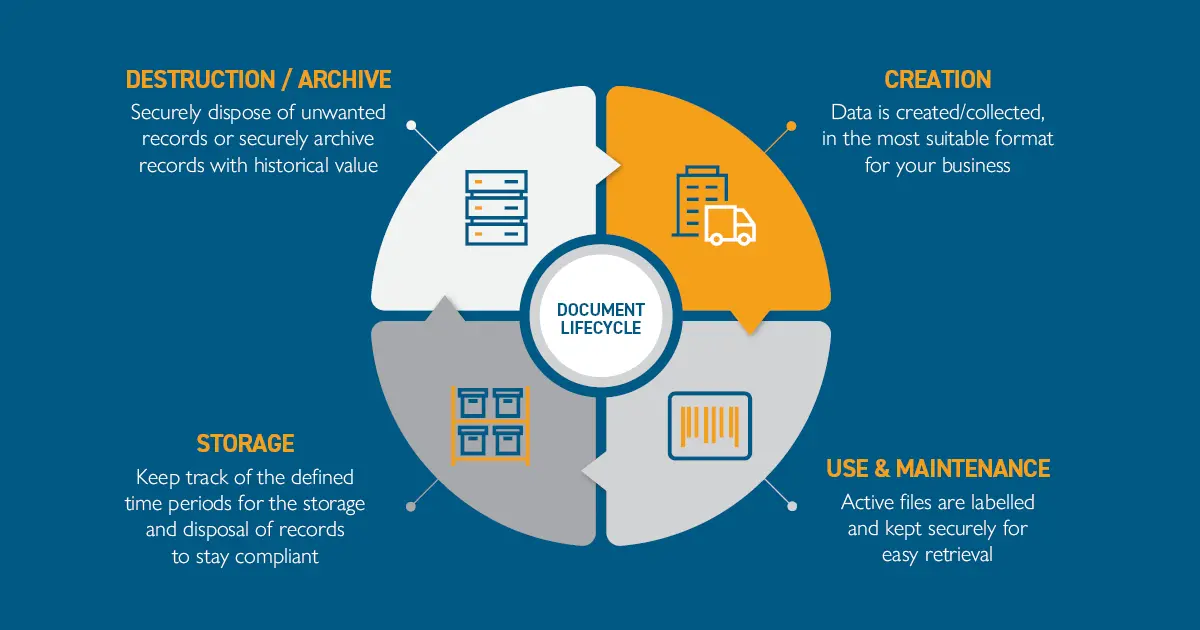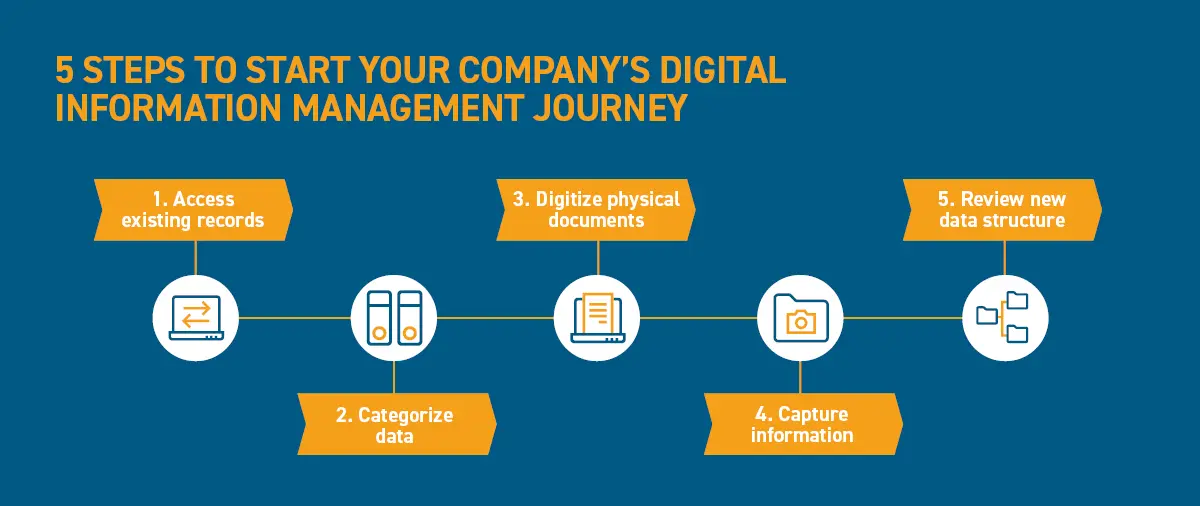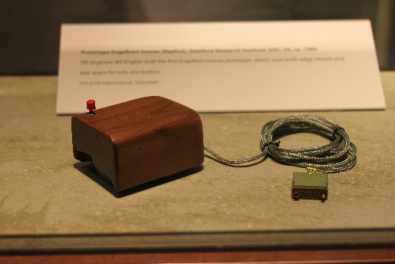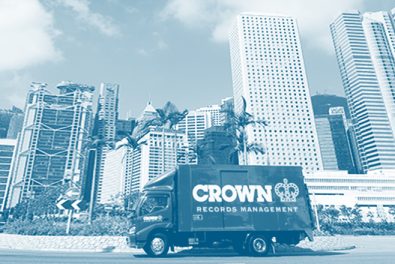Managing records is an immense, complicated, and yet, a crucial task for many industries, particularly financial services, government bodies, and online intermediaries. The type of business records that these industries handle on a day-to-day basis includes printed and digital documents sent to payers (invoices, marketing brochures) and those received from them (personal information), as well as internal documents for employees (sales records, customer list).
According to Forbes, 90% of the world’s data was generated in the last 2 years. Without the regular monitoring of your business records, the management of an incalculable amount of data becomes nearly impossible.
In addition to information overload, the ever-evolving regulatory environment is a reason why records management is imperative for companies. Poorly enforced records management procedures and retention policies can result in unnecessary audits, lost productivity, and hefty penalties for noncompliance.
So, what are Records?
A record is any document – in any format (paper or electronic, and even images or video) – created, received or executed in the conduct of your business. The value of a record should be determined and categorized by how sensitive the content is, not by format.

Lifecycle of records
In records management, there are phases that each record must go through and the actions should be taken during its lifespan. Different policies and procedures exist at each phase in order to maintain the quality and integrity of the records. Each stages of the records indicate a specific record management function that starts with the production of the document and ends with either disposal or archiving of it.
Creation
This stage refers to the production of recorded or documented information. When a record is being created, it should be in the best format possible for your organization, thereby ensuring the accuracy, validity, reliability, and relevance of the record. Here are some examples of how records are being created:
- Compose and send emails
- Construction of office document types such as word, presentations, spreadsheets, etc.
- Transaction within an enterprise system
- The receipt of word documents, emails, excels, etc.
Use & Maintenance
After a record is created or collected, it goes through a distribution and usage phase. The distribution of a record includes both internal and external distribution – that will allow you conduct business. During this phase, the record is frequently in use and it may last only a few hours in the case of a transient record or may last a few years.
Storage
Storing records appropriately ensures that they can always be accessed when required, no matter how old they are. The length of time that you must retain a record differs based on several factors, including company policy and government rules and regulations.
While some records may be disposed of when retention periods expire, some are required to be kept for a longer period of time for legal, fiscal, or other administrative purposes, which might affect business requirements and their legal compliance requirements.
Since immediate access to these records is no longer required during this phase, they are typically stored in an easily accessible location, online or offline, for easy access and use.
Destruction or Archive
The final phase for most of an organization’s records is destruction. Documents and media should be securely disposed of when they become permanently irrelevant.
For records that endure historical value, their final disposition will be to reside in an archive, where they will be preserved for future research and use.
Records must be disposed of appropriately to avoid problems in the future, whether this means they’re transferred to archive storage, to another organization, or completely destroyed. It is important to have a proper disposition process for your business records so that your organization will be compliant with the strict industry standard regarding information security and safety.
Managing Data in the Post-pandemic Era
The pandemic arrived at a time when the world was starting to take data privacy issues far more seriously. The data collected by businesses of all kinds in order to remain Covid-19 compliant, such as track and trace, health screenings, temperature testing and travel history – is subject to the same kind of regulation as any personal information.
For bigger companies and corporations, which already have robust information management systems, this is the data which is new and most liable to cause problems. For smaller businesses, the situation is even tougher. They may not have a privacy or retention policy in place for the kind of personal and health data suddenly arriving in the business.
It is essential for companies to track the flow of records through their various lifecycle, whether they are electronic or physical. What data should be collected? How long should they be kept? Who has access to them? Are they securely kept and when the information should be destroyed?
Failing to properly manage these new personal data, businesses can face serious consequences such as data breaches and information misuse, which can lead to serious penalties and costly fines.
Building A Sustainable Records Management Process & Capabilities
To implement a proper records management system, companies require a well-organized, sustainable plan-of-action structured around their long-term objectives. At Crown Records Management, we aren’t only a physical and electronic record storage provider, we’re your partner to manage all your information assets throughout their entire lifecycle and redesign existing records management processes.
Document Management
Storing your information onsite where your company employees have access can greatly increase your risk of a purposeful or accidental information leak. Other threats like theft, natural disasters and deteriorating document quality can also affect the integrity of your records.
At Crown Records Management, we have purpose-built facilities that are equipped with complete fire suppression systems and security features including 24/7 CCTV surveillance, stringent policies and access restrictions to keep your information safe and well-preserved.
Our highly trained crew will help you to organize, manage and track your documents so that you can access or retrieve them conveniently. We will take care of your documents and records throughout their entire lifecycle by implementing an efficient document management system and retention schedule.

Digital Information Management
Digital Information Management encompasses any initiative which uses digital technology to improve business processes to better meet the needs of customers and improve profitability. Other great drivers for digitization are increased productivity and saved time. Your employees won’t have to use their valuable time to search through hundreds of records. Instead, they can now focus more on the tasks that add value to your business.
The integration of digital information management workflow with a paper-based process typically has 5 steps:
- Assess the existing records or data, define their formats and categorize them according to their sensitivity.
- Identify what you want to capture and categorize them by how frequent or infrequent you need these records.
- For physical data, consider whether you need to back-scan or just start digitizing paper records from day one. In most cases, the cost to back-scan many thousands of paper file folders may exceed the benefits.
- Determine the right automated tools and system to capture and import your records as quickly as possible.
- Choose how you want everything to appear in your new records or document management system. This is about how everything is ‘mapped’ into a new data structure.
Our Digital Information Management service helps our customers to capture, store, organize, and deliver critical information to their employees, business stakeholders and customers through automated workflows rather than manual, paper-based processes. We also provide a full suite of digital information management services, ranging from data collection, classification, workflow automation to data preservation.

Secure Destruction
There’s no better time to be thinking about secure destruction than right now given the increased risks of data breaches and identity thefts.
Secure destruction is the process of destroying information on tapes, disks, paper documents, graphs, and other forms of electronic and physical storage that is no longer needed or reaches the end of their retention period. Information destruction is to the point that it is completely unreadable, cannot be accessed and is impossible to ever recover.
Nine things to get right when establishing a secure destruction journey for your business:
- Access what data you are storing and why
- Identify what information your business has
- Search your servers for data being kept unnecessarily
- Review what to destroy and what to keep
- Explore the necessary options with a reliable secure destruction partner
- Destruct with the environment in mind
- Consider the frequency of destroying data
- Identify the risk levels
- Educate your employees
Records lifecycle ensures that all records are created, managed and preserved appropriately according to the company’s requirements. It is also to make sure that they are disposed of or archived in line with their retention plan in order to comply with industry standards and regulations.
Without understanding the lifecycle, records management initiatives would never be cost viable, and the efficiency with which they are administered would suffer.
To know more about how we will manage your records through every lifecycle stages and other information management solutions, speak to our consultants here.





